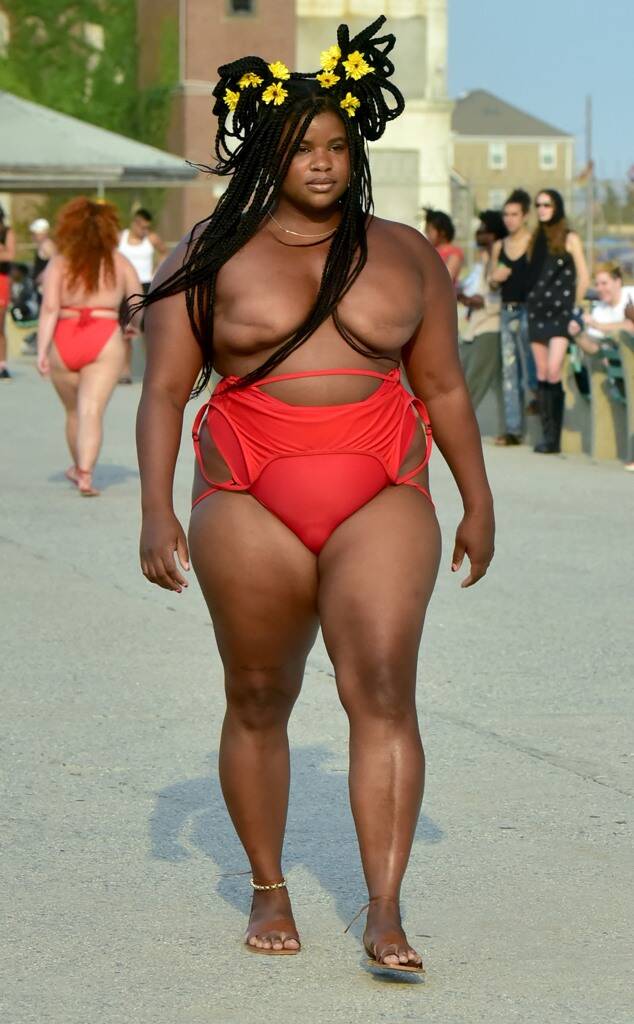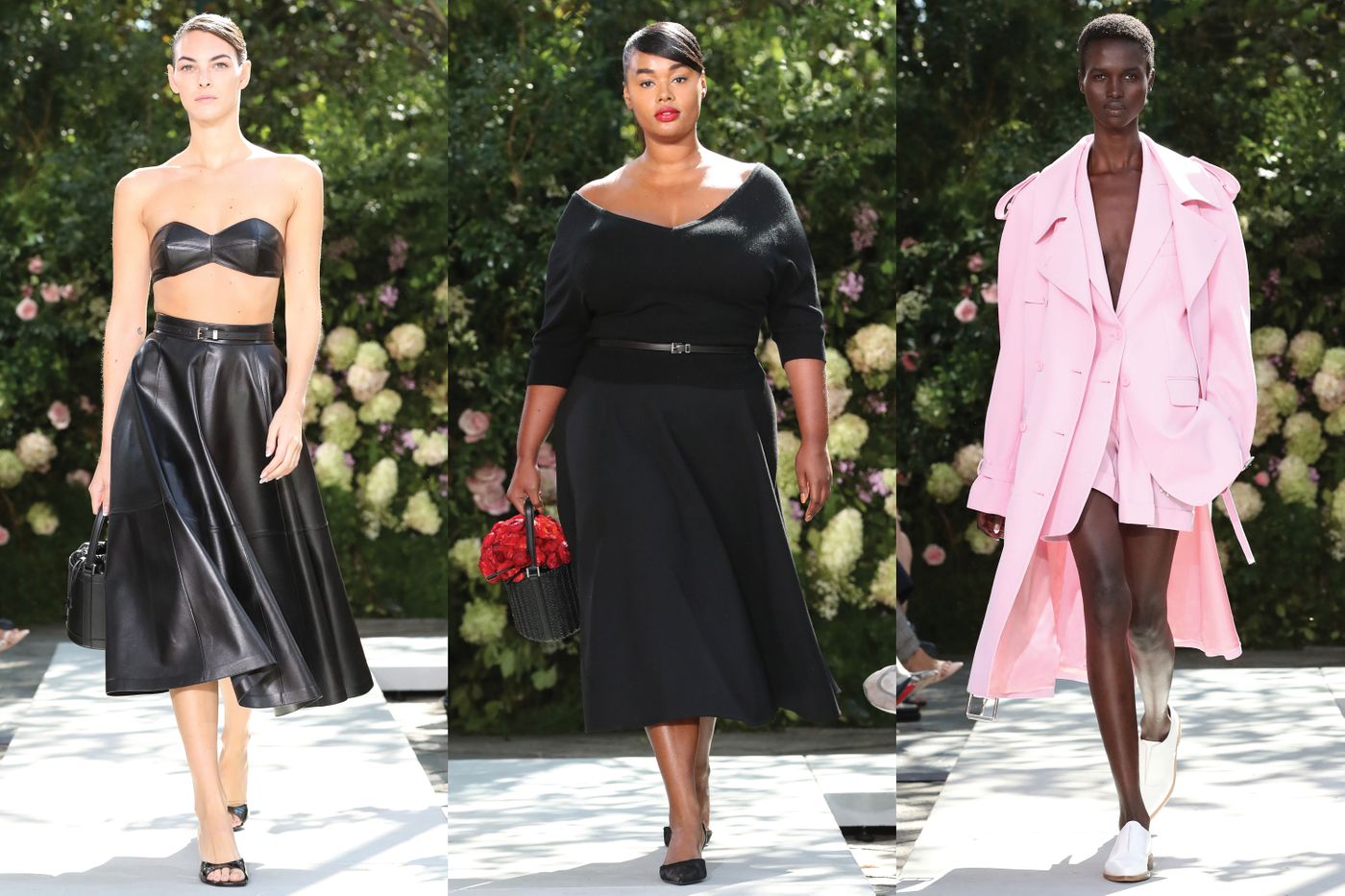Unfortunately, diversity and inclusivity are not two concepts commonly present in the fashion industry. The field still enormously lacks the inclusion of diverse people in all levels of its workforce. But maybe, New York Fashion Week just took its first step in the fight for a more inclusive business: the latest season’s fashion shows showcased, for the first time, a higher number of models outside of our society’s long-time-rooted standards. We urge for inclusivity to reach other levels of the industry asap!
The U.S. is a largely diverse country filled with people coming from different ethnicities, cultural backgrounds, beliefs, sexual orientations, and lifestyles. But, sadly, the country’s fashion industry doesn’t reflect America’s diversity through its workforce. Inclusivity and diversity are two subjects urging to be implemented for good in the fashion industry, not only in the U.S. but all around the world. For that matter, we cannot think of those important topics as just a trend, but we have to fight for them to be applied in the long term. Recently, New York Fashion Week seems to be taking action in exhibiting diversity and inclusivity among models walking American designers’ runways, as we could notice on its last edition, at the beginning of September.
Collina Strada SS2022
The Council of Fashion Designers of America is the main governing body responsible for regulating fashion in the U.S. The CFDA has been working to pave a more diverse, equitable, and inclusive industry going forward. The body encourages designers to promote diversity and inclusivity when casting models for their New York Fashion Week shows, as it believes that American fashion can serve as a good example for the rest of the world. The institution’s main goal is to identify diversity issues and convert them into action. Areas of diversity and inclusivity can include race, ethnicity, age, gender, sexual orientation, and abilities. Brands and designers now begin to be held accountable to become more diverse and inclusive. On October 29, 2018, a leadership forum organized by the CFDA in partnership with PVH and The Dagoba Group was introduced to guide the fashion industry towards a more inclusive workplace.
LaQuan Smith SS2022

Photo Credit: Marie Claire
The main issue with diversity and inclusivity in fashion is that as we rarely see it happening during Fashion Weeks – either on the runway, backstage or even in the audience -, we tend to forget how collections need to relate to a more diverse audience as well. The image we usually see on fashion runways does not precisely reflect the need for adaptive fashion, considering customer’s disabilities, for example. Adaptive products have started to be introduced by brands such as Nike, Target, and JC Penney, as this is a market expected to grow to around $400 billion by 2026. Tommy Hilfiger is currently the only global designer who’s heavily investing in adaptive fashion: in 2017, the designer launched his Tommy Hilfiger Adaptive line and, since then, it has seen great success. Moreover, independent brands such as Collina Strada are already including beautiful clothes for disabled people in their lines. What is missing the most is for more brands to commit and address special needs in order to reach inclusivity, as the fashion industry apparently only focuses on a few aspects of inclusivity. This definitely needs to change since data shows that between 20% to 26% of U.S. citizens present some type of disability and around the globe about 1 billion people also do. Those numbers can considerably grow due to some coronavirus side effects, so adjustments need to be implemented asap.
Moschino SS2022

NYFW 2021 Inclusivity
Fortunately, things appear to begin to change: the Spring-Summer 2022 collections presented during NYFW unveiled a higher than ever level of diversity and inclusivity, which can accelerate cultural changes and influence the inclusivity movement worldwide. Labels like Collina Strada, Moschino, LaQuan Smith, Christian Siriano, Prabal Gurung, Gabriela Hearst, Chromat X Tourmaline, Jason Wu, Anna Sui, Peter Do, and Michael Kors are just a few examples of brands that introduced diversity and inclusivity on its runways.
Chromat X Tourmaline SS2022
Michael Kors SS2022
It is crucial for brands to help democratize fashion in a way it is able to reach diverse customers. What we saw on NYFW runways was just a start but we all need to make sure to keep demanding more inclusivity in the fashion industry, at all its levels. Only this way can we hope to see a more inclusive society for future generations.
Published by HOLR Magazine.





